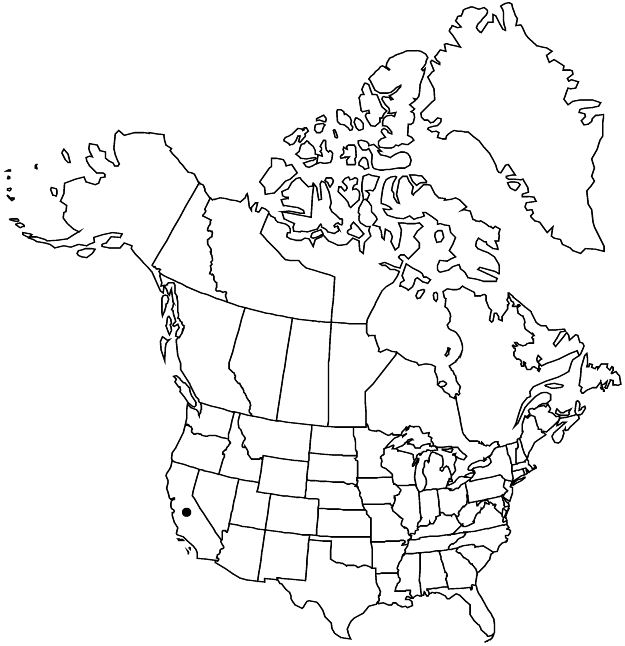Difference between revisions of "Adenostoma fasciculatum var. prostratum"
Bull. S. Calif. Acad. Sci. 40: 109. 1941.
Endemic
FNA>Volume Importer |
imported>Volume Importer |
||
| (2 intermediate revisions by 2 users not shown) | |||
| Line 50: | Line 50: | ||
|publication year=1941 | |publication year=1941 | ||
|special status=Endemic | |special status=Endemic | ||
| − | |source xml=https:// | + | |source xml=https://bitbucket.org/aafc-mbb/fna-data-curation/src/2e0870ddd59836b60bcf96646a41e87ea5a5943a/coarse_grained_fna_xml/V9/V9_659.xml |
|subfamily=Rosaceae subfam. Amygdaloideae | |subfamily=Rosaceae subfam. Amygdaloideae | ||
|tribe=Rosaceae tribe Sorbarieae | |tribe=Rosaceae tribe Sorbarieae | ||
Latest revision as of 22:58, 5 November 2020
Stems decumbent (plants low, mounded, mostly to 5 dm); internodes 1.5–4.5 mm; young stems glabrous. Leaves clavate, semiterete, 2–6.3 mm, apex acute.
Phenology: Flowering (Apr–)May–Jun(–Aug).
Habitat: Maritime chaparral
Elevation: 0–200(–500) m
Discussion
Variety prostratum is known from the Channel Islands (San Nicolas, Santa Catalina, Santa Cruz, Santa Rosa islands) and the adjacent mainland (San Luis Obispo County) in southern California, where it often co-occurs with var. fasciculatum. The plants maintain their low-mounded habit in cultivation.
Selected References
None.
Lower Taxa
None.
